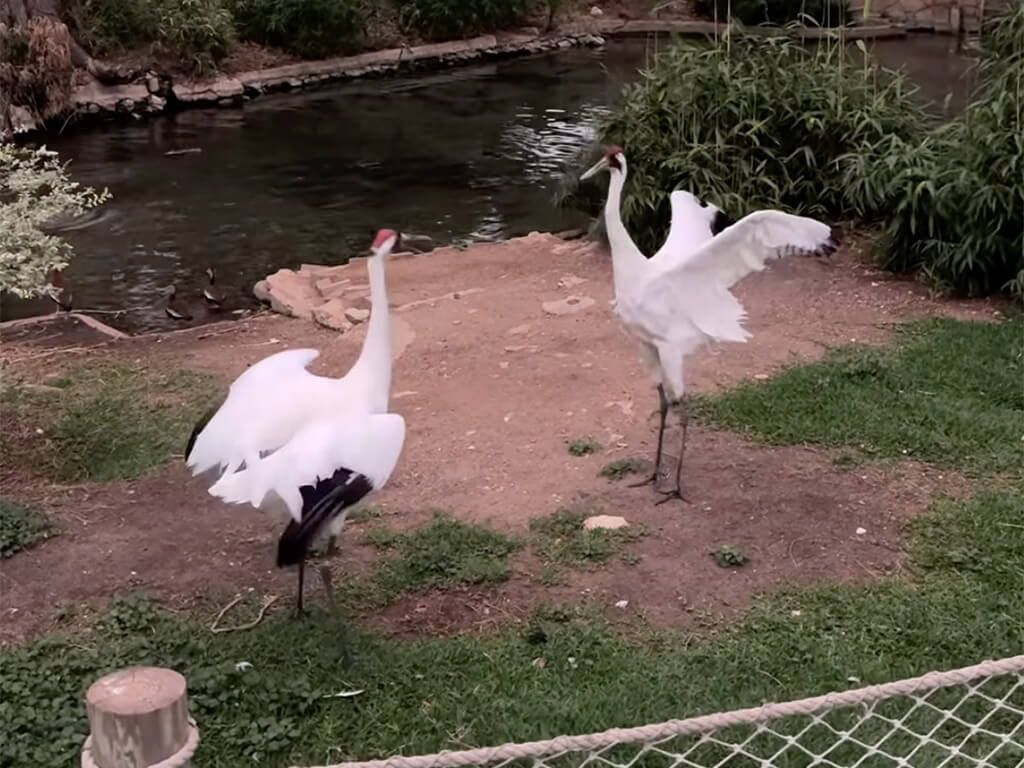During Monday's total solar eclipse, zoos in the path of totality across the country reported unusual animal behavior as darkness descended for a few minutes in the middle of the day.
Videos shared by the San Antonio Zoo in Texas showed meerkats, flamingos and whooping cranes displaying nighttime behaviors and dancing rituals seemingly prompted by the rare celestial event.
A few minutes before totality, when the moon completely covers the sun, the meerkats can be seen approaching their indoor habitat. The move "supported our working hypothesis that diurnal animals, meaning those awake during the day, would display their typical evening activity patterns during totality," the zoo said.
"At night, meerkats retreat to underground burrows to rest and avoid nocturnal predators, utilizing their cooperative behavior to ensure safety and warmth within their tight-knit communities," the zoo said.
But during the darkness of totality, the meerkats could be seen "erratically" running through their habitat as a large group. The zoo said the highly social meerkats typically stick together in groups called mobs, "aiding in defense, foraging, and predator protection."
Another clip shows whooping cranes dancing just after totality.
"Whooping cranes are renowned for their intricate dancing displays, often observed during courtship rituals to strengthen bonds and signal readiness for mating," the zoo said. "This mesmerizing behavior serves as a form of communication between male and female cranes, enhancing their relationship and social cohesion."
The flamingos can be seen congregating together during the totality. The zoo said the pink birds typically "form tight-knit social groups, known as colonies or flocks," and they bunch up together for various reasons, including safety.
"This clustering gives them a sense of safety in numbers, acting as a defense mechanism against predators by making it harder for threats to single out individual birds," the zoo said.
"While it’s possible some of this behavior may have been coincidental, this certainly caused a difference in a typical day for all of us — humans and animals," the zoo said.
Story via TMX

